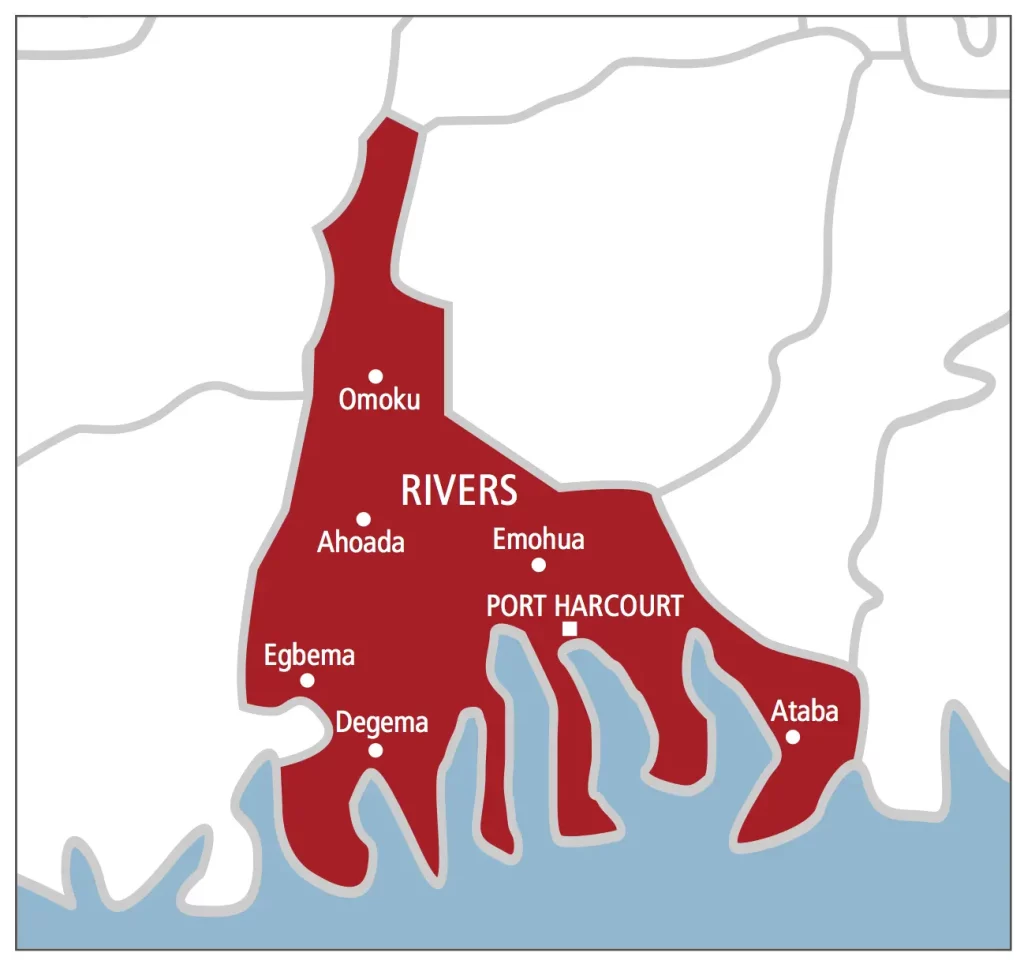Joint South Korea–U.S. military exercise in progress (Image courtesy of Yonhap) SEOUL, April 10 (Korea Bizwire) — South Korea and the United States signed a new joint wartime operations plan (OPLAN) last year to counter evolving North Korean military threats, the commander of U.
S. Forces Korea (USFK) said Wednesday. Gen.

Xavier Brunson made the remarks in a written statement to the House Armed Services Committee, as Seoul and Washington have been deepening security coordination to deal with advancing North Korean nuclear and ballistic missile threats. He also leads South Korea-U.S.
Combined Forces Command (CFC) and U.N. Command (UNC).
“Last year, we took a significant step forward in our combat readiness when the new combined Operations Plan was signed,” Brunson said. “Over the past several years, alliance planners worked diligently to construct and develop this plan, constantly testing and validating its concepts through execution during our bi-annual FS and UFS exercise events,” he added, referring to regular South Korea-U.S.
exercises, Freedom Shield and Ulchi Freedom Shield. The new OPLAN, reportedly named “OPLAN 5022,” is thought to have replaced OPLAN 5015. The previous OPLAN was known to focus largely on addressing conventional North Korean attacks — a reason why calls surfaced for the South and the U.
S. to include the nuclear and other dimensions of the North’s threats into its contingency plan. Brunson said that in response to North Korea’s “increasingly sophisticated” weapons of mass destruction (WMD) and missile capabilities, the new OPLAN better prepares CFC prior to armed conflict.
“We will continue to use this plan, refine it, conduct exercises, and develop our OAIs to support it,” he said. “As we continue to shape and refine our exercise program in accordance with our new OPLAN, we look for additional opportunities to improve integration and interoperability.” OAI stands for operations, activities and investments.
South Korean and U.S. Marine Corps troops carry out an assault operation using the K808 armored vehicle during a combined arms training exercise.
(Image provided by the Republic of Korea Marine Corps.) In December 2021, the defense chiefs of South Korea and the U.S.
approved Strategic Planning Guidance (SPG), a basic document to set the tone for an updated or new OPLAN, as a new plan was needed to reflect advances in the North’s weapons programs, including its refined nuclear arms, hypersonic missiles and submarine-launched ballistic missiles. The previous SPG was based on the 2010 strategic guidance, which observers said was outdated given that it did not take into account substantial progress that Pyongyang has made in its dogged push to develop new weapons, including intercontinental ballistic missiles (ICBMs). In March 2022, the top generals of the allies signed the Strategic Planning Directive, a military document directing the update of OPCON — a key procedure meant to accelerate the process to rewrite contingency plans.
During a House committee hearing on the day, Brunson underlined the “positional advantage” of stationing American forces on the Korean Peninsula amid lingering questions over whether the Trump administration would consider a potential USFK troop realignment or drawdown to focus more on threats from China and less on North Korean challenges. “I think what we have to recognize is that the way we are organized, the way that we posture ourselves in the region, we ought not seek credit for it, but we ought to at least acknowledge the fact that we are in all the places that we need to be,” he said. “Capacities aside, the capabilities that are resident within the KTO presently are right where they need to be.
” South Korean and U.S. Marine Corps troops conduct an air assault operation using the Marineon (MUH-1) and Super Stallion (CH-53E) helicopters.
(Image provided by the Republic of Korea Marine Corps.) KTO stands for the Korean Theater of Operations, the area of responsibility for USFK. In his written statement, he reaffirmed that America’s “unwavering” commitment to South Korea remains “steadfast,” as he pointed out that North Korea’s nuclear, biological and nuclear weapons programs as well as “formidable” ballistic and cruise missile forces pose a threat to the U.
S. mainland, U.S.
forces in the Indo-Pacific and allies. Noting a deepening military alignment between Russia and the North, Brunson warned that Moscow’s expanded cooperation will enable advancements of Pyongyang’s WMD program over the “next three to five years.” The general also said that his command expects the North to work toward securing capabilities for hypersonic glide vehicles and multiple independently targetable reentry vehicles (MIRVs) in the coming year — advanced systems that many fear will pose a significant challenge to the allies’ missile defense efforts.
Casting the mutual defense treaty with Seoul as the “linchpin” for regional stability, the commander stressed that the treaty “does not specifically name an adversary” — a mention that signaled his view that the alliance can take a broader regional role beyond its longtime focus on North Korean threats. “That fact is even more relevant in today’s strategic environment and in this region, where authoritarian collusion presents evolving and growing threats to U.S.
and ROK interests in the region,” he said. ROK is short for South Korea’s official name, the Republic of Korea. Moreover, Brunson highlighted UNC’s role in regional security.
“One of the things that we are looking at presently is an ability to continue to partner alongside others, like those in the UNC — those 18 nations that make up that command — to continue to build partnerships, which will strengthen not only our capacity in the region, but also be an indicator of our resolve therein,” he said. Established under a U.N.
mandate to restore peace following the outbreak of the 1950-53 Korean War, UNC now serves as a key organization to observe the Armistice Agreement that halted fighting in the conflict. Seoul and Washington have agreed to increase its membership for regional security. The commander raised the prospects of South Korea’s role in the U.
S. military’s maintenance, repair and overhaul (MRO) work. “The ROK invests heavily in acquiring U.
S. defense technologies which allows for multi-domain interoperability in a dynamic security environment,” he said. “As a result, the ROK is familiar with an increasing number of major U.
S. platforms, allowing the potential performance of MRO work.” (Yonhap).
Politics

Facing a New Era of Threats, South Korea and U.S. Launch Updated War Plan

SEOUL, April 10 (Korea Bizwire) — South Korea and the United States signed a new joint wartime operations plan (OPLAN) last year to counter evolving North Korean military threats, the commander of U.S. Forces Korea (USFK) said Wednesday. Gen. Xavier Brunson made the remarks in a written statement to the House Armed Services Committee, as [...]The post Facing a New Era of Threats, South Korea and U.S. Launch Updated War Plan appeared first on Be Korea-savvy.














